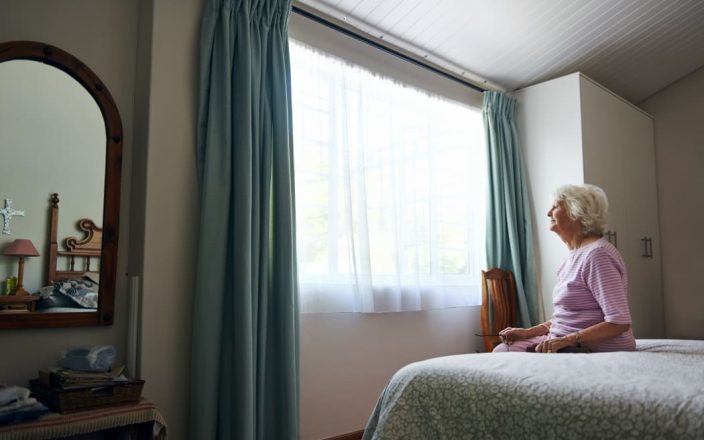Đến năm 2048, số người trên 65 tuổi thuê nhà có thể tăng gấp đôi lên hơn 600.000. Một số người nghỉ hưu đang chi gần như tất cả tiền tiết kiệm hưu trí của họ cho tiền thuê nhà.
Trong một cuộc phỏng vấn gần đây, một người hưu trí giấu tên từ Whanganui tiết lộ cô trả 450 đô la một tuần cho thuê hai phòng ngủ và chỉ còn lại 70 đô la từ lương hưu. Cô ấy nhận một công việc bán thời gian để giúp thanh toán chi phí, điều này khiến cô cảm thấy căng thẳng về tương lai. Cô đang chờ đợi một căn hộ rẻ hơn nhưng phải chờ đợi năm năm.
Một người hưu trí khác, Yvonne, chia sẻ những lo lắng của cô về việc thuê nhà ở Auckland. Cô trả 495 đô la một tuần cho căn hộ một phòng ngủ của mình, chỉ để lại cho cô 25 đô la mỗi tuần. Khi kết thúc khoản thanh toán năng lượng mùa đông, cô sẽ chỉ có 135 đô la cho hàng tạp hóa và hóa đơn. Yvonne đã nằm trong danh sách chờ nhà ở trong ba năm và lo sợ những người thuê nhà lớn tuổi không có nhà.
Một tổ chức từ thiện có tên Abbeyfield đang cố gắng giúp những người thuê nhà lớn tuổi với nhà ở giá cả phải chăng. Họ có 14 chỗ nghỉ và cung cấp phòng với giá 440 đô la một tuần, bao gồm bữa ăn và hóa đơn. Nhu cầu đối với những ngôi nhà này rất cao, với tỷ lệ lấp đầy 98%. Giám đốc điều hành Ruth Seabright cho biết họ cần thêm kinh phí để xây dựng những ngôi nhà mới để đáp ứng nhu cầu.
Christabel Jackson, 79 tuổi, sống trong một ngôi nhà ở Abbeyfield và thấy tiền thuê bao trọn gói thay đổi cuộc sống. Cô ấy thích cộng đồng và chia sẻ kinh nghiệm sống.
Chi phí để xây dựng một ngôi nhà Abbeyfield là 4 triệu đô la, được tài trợ bởi các khoản quyên góp và sự giúp đỡ của chính phủ. Họ có kế hoạch xây dựng một ngôi nhà mới mỗi năm trong thập kỷ tới nhưng cần thêm tài trợ của chính phủ để bắt đầu.
Một cuộc khảo sát gần đây cho thấy New Zealand có thể cần thêm 8.400 đơn vị làng hưu trí vào năm 2033 để đáp ứng nhu cầu. Giám đốc điều hành Hiệp hội Chăm sóc Người cao tuổi Tracey Martin bày tỏ lo ngại về sự thiếu hụt này và nhu cầu dự kiến sẽ có thêm 12.000 giường chăm sóc vào năm 2032. Cô nhấn mạnh sự cần thiết phải giải quyết những vấn đề này một cách nhanh chóng. Martin cũng lưu ý quan niệm sai lầm rằng tất cả những người lớn tuổi đều sở hữu nhà cửa và có đủ tiền.





























































